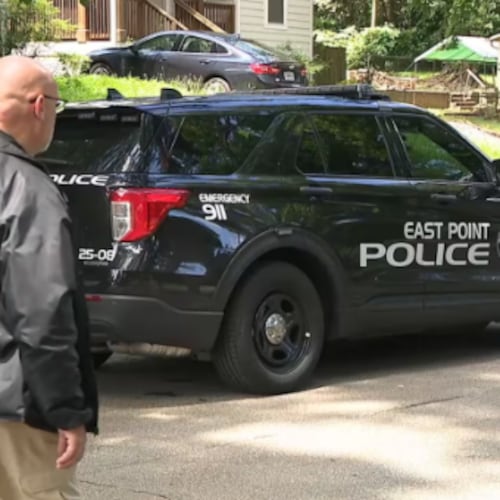Being the traffic nerd that I am, one of my favorite aspects of international travel is seeing how other cultures get around. I’ve marveled at the fantastic mass transit systems in Rome and London and the clever road-numbering system in Aruba. My recent excursion to Turkey did not disappoint. Turkish transportation has big positives and some negatives.
Like many big cities not called “Atlanta”, the Turkish capital Istanbul’s 14 million citizens have access to a subway system, but an even better web of trams and buses. The trams run on street level rails and overhanging wires, much like the beleaguered Atlanta Streetcar. But unlike our hometown tram, Istanbul’s stops at each stop every few minutes, goes many high demand places, and sometimes has its own designated lane. And unlike MARTA, the Metro bus system in Istanbul is also very extensive.
But Istanbul’s roads are a haphazard maze, so trams and buses don’t always save the car-less person from long walks. And even with great mass transit, traffic is still horrendous. Trips can take a very long time on main roads. This busy city is bustling at all hours like New York City and it goes to show that public transit isn’t a savior to gridlock, but it certainly helps.
Rivers and a sea split Istanbul into three parts, so its Metro system has numerous ferries connecting various busy ports. Each is like a different world, but even an hour trip on a ferry costs the same as a tram or bus ride and is interchangeable with the same Metro card. Could Atlanta run a ferry down the Chattahoochee for commuters? I haven’t heard that idea yet.
Mini bus companies operate relatively cheap ways to travel longer distances. We took one from Ephesus to the Temple of Apollo (about two hours away) for about $40 per person, round trip. We did switch buses four times, but took advantage and saw several cities. Yes, we have Uber here, but a cheap, clean bus company could be a convenient way to travel outside of Atlanta, especially for tourists.
The most profound difference between Turkish and Atlanta travels is how people drive. Turkish traffic is beautiful chaos. Traffic laws are suggestions. People cross the street wherever and whenever they wish. Delivery trucks squeeze down tiny roads. Motorbikes may skirt delays by driving the wrong way on a sidewalk. But this understood madness makes for extremely attentive and skilled drivers in Turkey. Despite the craziness, I saw only one crash scene and zero traffic stops. They can’t afford to take their eyes off the road very much.
Here, we drive in a high speed bubble, expecting everyone else to drive well, but us. This misguided confidence takes our eyes and hands to our devices. Our wider roads cause us to drive faster and with less prowess. And thus, we see more crashes in an hour than I saw in two weeks in Turkey. Atlantans can learn from Turkey in several ways and how attentive Turks drive might be the most valuable lesson.
About the Author
The Latest
Featured

